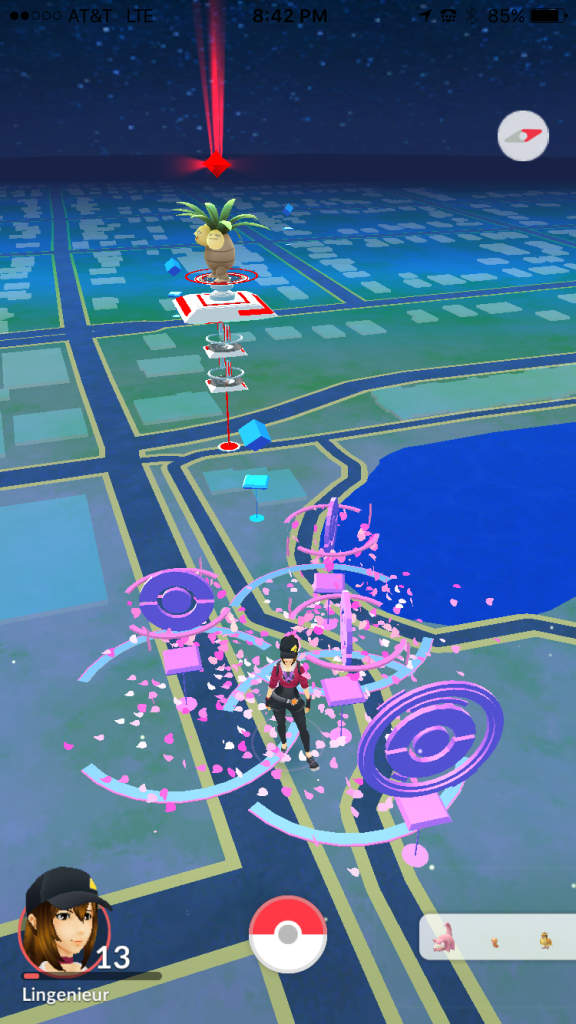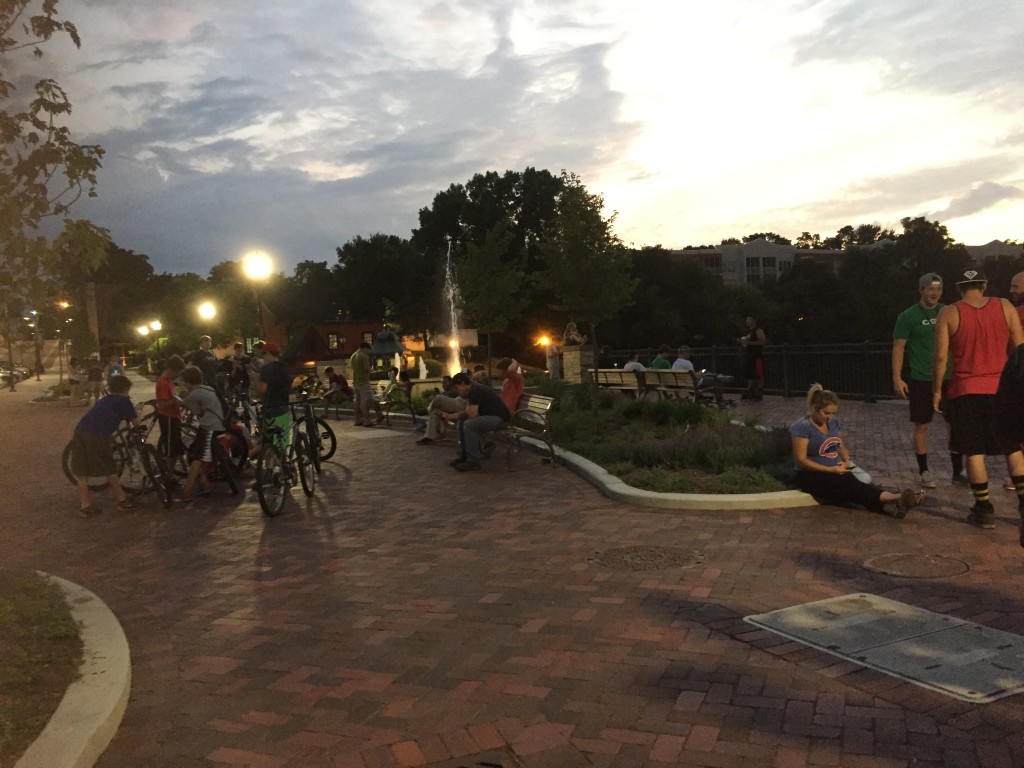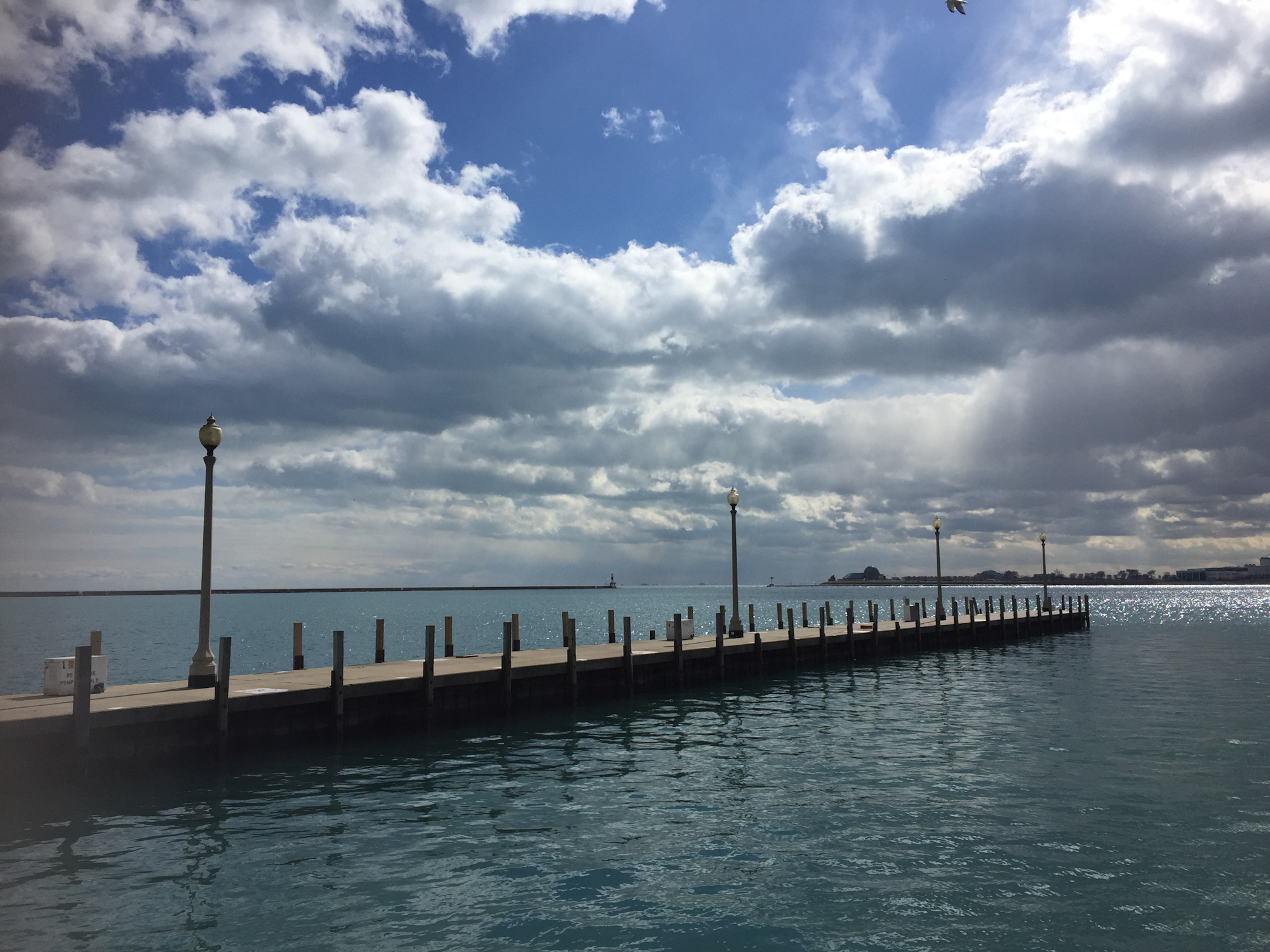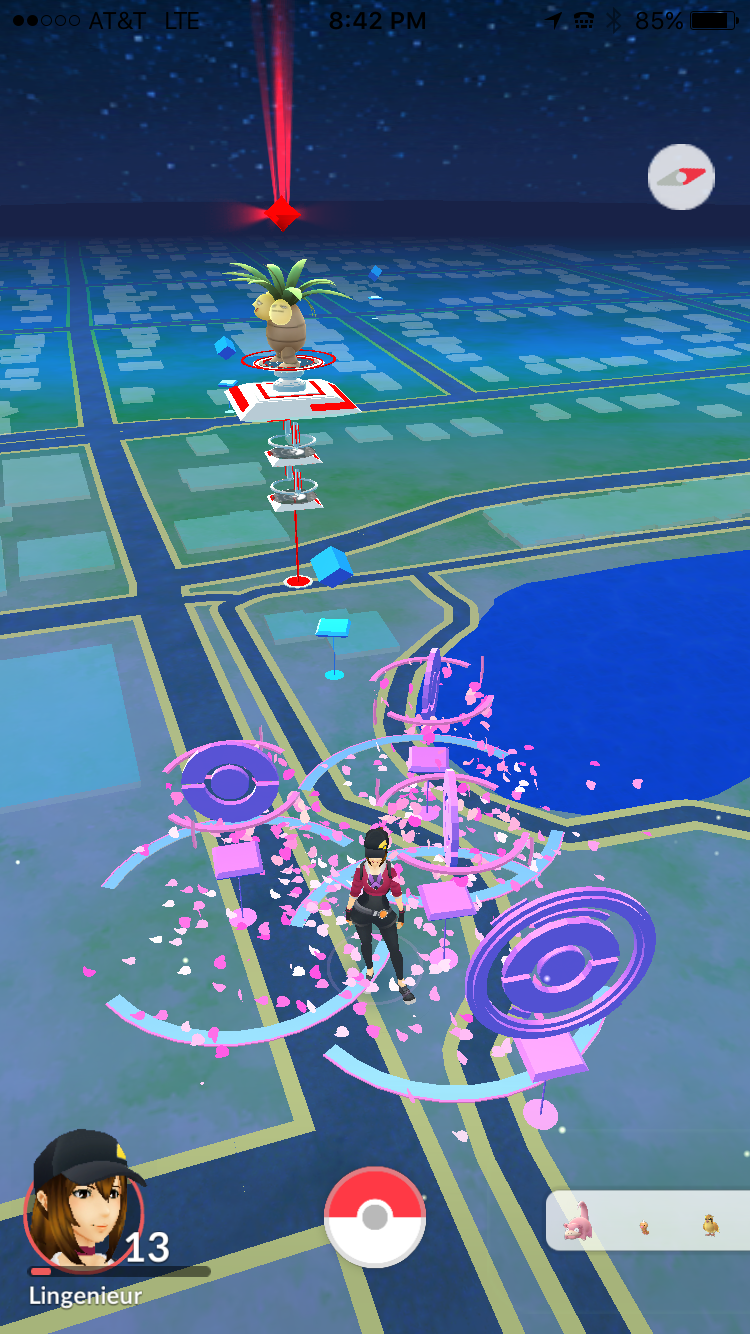 About five years ago I wrote a blog post about augmented reality and the concerns a city might have over its potential impacts to a community (see Adding Augmented Reality to Your Zoning Ordinance). But I had not noticed the types of issues discussed in that post actually occuring until this week after the release of the incredibly popular Pokemon Go game. If you have not yet heard about the game, it is an app you install on your phone which represents you on a map of your location and allows you to capture Pokemon who randomly spawn while you move through your environment. As with most games, you level up and collect objects as your Pokemon collection grows. There is also virtual infrastructure supporting the game such as PokeStops typically located at points of interest in a community. PokeStops gift you objects when you visit them and spin the stop on your phone. They can also be set up to attract Pokemon. Other fixed objects in the game are Pokemon Gyms where your Pokemon can battle other Pokemon.
About five years ago I wrote a blog post about augmented reality and the concerns a city might have over its potential impacts to a community (see Adding Augmented Reality to Your Zoning Ordinance). But I had not noticed the types of issues discussed in that post actually occuring until this week after the release of the incredibly popular Pokemon Go game. If you have not yet heard about the game, it is an app you install on your phone which represents you on a map of your location and allows you to capture Pokemon who randomly spawn while you move through your environment. As with most games, you level up and collect objects as your Pokemon collection grows. There is also virtual infrastructure supporting the game such as PokeStops typically located at points of interest in a community. PokeStops gift you objects when you visit them and spin the stop on your phone. They can also be set up to attract Pokemon. Other fixed objects in the game are Pokemon Gyms where your Pokemon can battle other Pokemon.
So what is the big deal and how does this relate to zoning? The issue people are having is not only the location of the random spawns of Pokemon, but also the placement of the fixed objects, particularly the gyms. The company which owns the game makes the final determination of where these all occur – they don't need to ask permission from a property owner or the city to place their virtual objects. So there have been reports of Pokemon showing up in places that appear to be on private property, and people are trespassing to catch those Pokemon. While this might be an occasional issue with a random person showing up, the more serious problem reported appears to be with the placement of the gyms. Both the gyms and the PokeStops have the potential to attract crowds of 30 or more people at a time.
To get an idea of the concerns gyms and the resulting crowds are causing, here's a Tweet from a person who lives in a home in a renovated church on which a gym has been placed.
Do I even have rights when it comes to a virtual location imposed on me? Businesses have expectations, but this is my home.
— Boon Sheridan (@boonerang) July 10, 2016
If you read through @boonerang's Twitter feed, you will see questions raised about impacts to property value and hours of operation. At what point do the impacts become significant enough to warrant the need for government regulation? And if regulation is imposed, will it be through permits? zoning?Right now, it appears the company is the sole decision maker on whether or not that gym remains at this person's house. While they have offered a method by which someone can report an issue with a gym, the removal is totally at their discretion. Should the local government have the ability to require its removal?
The other topic I have not yet seen explored is the potential problems with the type of virtual content. Pokemon Go is a G-rated game with cute little characters and objects. What if someone launches a more adult game with much more adult content? Someone who might tolerate a cute little Pokemon might not feel comfortable with X-rated content appearing on their property, even if it is only virtual. Should adult use zoning ordinances also apply to virtual content to ensure it does not get placed within so many feet of a school or church? And if so, how would the city regulate this and address complaints? A city employee downloading and installing something like Pokemon Go to check on placement of objects might be tolerated, but would downloading and use of something much more adult be allowed even if only used for regulatory purposes?
The world is definitely changing. And now that augmented reality has actually shown up in the form of cute little creatures, it will be interesting to see if or how cities and other government entities address the use of their virtual spaces. The legal questions which might first need to be answered are do property owners have ownership of the virtual space within the geospatial coordinates of their property and does government have the authority to regulate virtual content within the geospatial coordinates of their boundaries?
(The photos in this post show a location where people hang out to catch Pokemon. The one photo is everyone playing and the other is a screenshot showing the gym and PokeStops at this location. The pink petals around the PokeStops indicate people have placed lures there to attract more Pokemon.)


